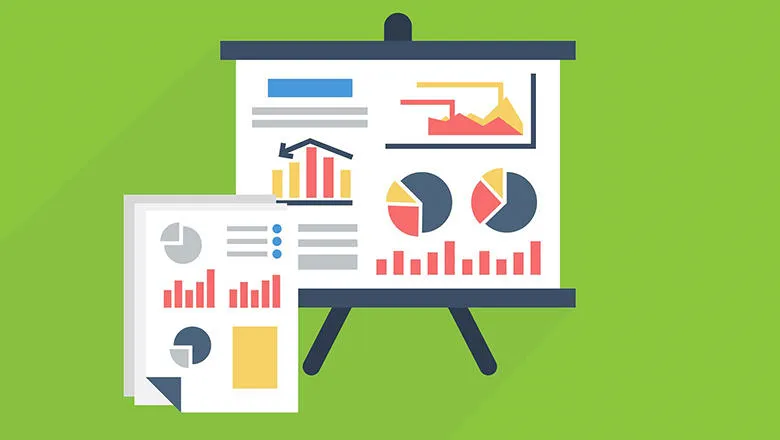22 May 2018
Taking a data-driven approach to tackling gender inequality in the corporate world
Jon Terry, Global Financial Services People Leader, PwC
Businesses need good analytics data about their workforce if they're serious about making progress

Analytics has become a core tool in the modern business world. It is used to identify customer expectations and future needs and monitor the progress of strategic goals. And the power of analytics is increasing almost on a daily basis – machine learning, AI and predictive analytics can transform the way our businesses work. Yet, despite this, what is surprising is how little that analytics has been used to tackle the challenge of gender balance in particular and diversity in general.
The average large company could tell you with confidence the makeup of their customers, the productivity of their salesforce and the profitability and growth expectations of their business. However, a surprising number would struggle to answer basic questions about their employee population. Most would be able to tell you the number of women in their organisation, however, only a small percentage could translate this into a dynamic picture of how women join, prosper within and leave their business (what we term the ‘flow rate’ of women). Even fewer could give the most basic picture of the makeup of their organisation through the lens of ethnicity or disability.
Yet without knowing the basic employee data, how can firms make change happen? To illustrate this, let’s take the example of how an understanding of the ‘flow rate’ of women can support change.
A flow rate analysis can look at employee data to understand how women move dynamically through an organisation over time (and, therefore, how female representation is changing). If, say, a company wants to improve the number of women in senior roles, they have three fundamental ‘levers’ that can influence this:
1. The number of women who join the company.
2. The number of women who are promoted each year.
3. The number of women who leave the company.
By looking at each, companies can forecast how their employee population will change over time, providing a baseline for any targets. Critically, they can use this data to identify the ‘cold spots’ in their organisation – where female representation is not progressing – and to test which changes will have the biggest impact on gender balance.
Ironically, one of the most common pitfalls that companies fall into when trying to improve gender balance is relying on their own biases and assumptions. Often influenced by historic experiences, the assumption is that certain actions will have the biggest impact on improving gender balance. This is not to say these programmes and policies are not important. However, without the data to support decision making, it cannot be guaranteed that any intervention is the most effective way to drive gender balance.
We can see this by looking at the example of senior recruitment. The reality is that many companies are not growing significantly and, even if they are expanding, their headcount is not growing at a similar rate. When senior vacancies arise, most companies would prefer to fill them from within their organisation where possible. As such, the number of external vacancies at senior levels is typically small. To make a significant change in the number of women in senior roles over time by primarily focusing on recruitment is, in many cases, simply not going to work.
Flow rate analytics can help companies target the specific levers where change will have the biggest impact over time – for example, by identifying high-potential female talent that can be nurtured through the business. It can also help companies identify particular business areas where special intervention is needed. This will of course not ‘solve’ the problem. But it will help inform companies where investigation and interventions may make the greatest difference, even if it may not be the obvious place to start.
It also provides a key input to the question ‘What is the return on investment of our diversity and inclusion programmes?’ If leadership is to make diversity issues a true strategic goal, we should expect them to treat it like any other business priority – articulating the purpose of each investment and creating ways to measure the impact. This means that each activity to improve diversity and inclusion needs to be linked back to the agreed business strategy and, for each activity, the purpose and key performance indicators need to be set.
Analytics is vital to identify areas of focus. Increasingly, leading organisations are adopting new ways to monitor progress, bringing together a range of sources including employee opinion surveys, investigations into employee attitudes, ‘talent tracking’ of identified individuals, exit surveys, and assessments of ‘high-potentials’. These sources can feed into the creation of a dashboard that brings together quantitative measurement of diversity and qualitative assessments of inclusion, to create a picture of an organisation’s progress for which leaders can be held to account and with which diversity and inclusion activity can be aligned.
My message is simple: sustainable improvement is unlikely without the use of analytics.
